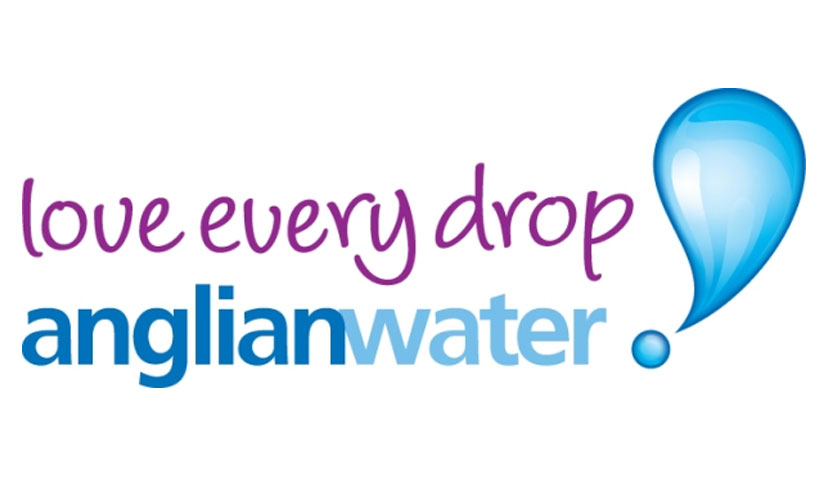Anglian Water is launching a routemap which sets out in detail how the company will reach net zero carbon by 2030.
The net zero target will cover all of the company’s operational activities and those of its supply chain as well as a commitment to cut capital carbon by 70 per cent against a 2010 baseline.
Last month, the water company made financial history as it became the first utility in the world to launch a sustainability-linked bond connected directly to achieving its interim carbon targets. By 2025, Anglian has committed to reduce capital carbon by 65 per cent from a 2010 baseline, and operational carbon by 30% from 2018/19 levels as part of its journey to reach net zero. This transaction was extremely well received by investors and this fundraising was only made possible due to the level of detail and credibility laid out in the company’s carbon routemap.
In 2020, the water industry of England and Wales became the first sector worldwide to work collaboratively on a routemap to reach net zero within the decade, with each company expected to publish their individual plans this month. Anglian’s routemap is centred around several key areas of work and outlines the targets the company will reach by 2030. Each year the company will reduce its carbon emissions, and by 2030 its operational emissions will have reduced by over 70 per cent against a 2018/19 baseline – a reduction of over 250,000 tonnes, or the equivalent of filling 55,000 hot air balloons.
The steps the company will take include:
- Maximising energy efficiency and renewable energy generation and storage – by installing up to 240 GWhs of solar generation on and around its own sites and implementing energy efficiency measures reducing power demand by 58GWhs per year, equivalent to the electricity demand of over 15,000 UK homes.
- Procuring green electricity – for all remaining grid requirements.
- Decarbonising the vehicle fleet – replacing 90 per cent of all small fleet vehicles with electric equivalents, gradually switching medium-sized vehicles to hydrogen or alternative fuels such as biomethane and changing 55 per cent of the company’s HGVs to using Liquefied Natural Gas.
- Maximising the value of biogas – upgrading biogas production to biomethane that can be exported to the grid, used as transport fuel or supplied to industry, helping to reduce emissions in more challenging sectors of the economy.
- Managing process emissions – installing monitoring equipment at four large Anglian Water sites to improve understanding about the scale and location of process emissions, the water sector’s most difficult carbon challenge to resolve. The outputs will be shared and reviewed alongside evidence from comparable studies in the UK and elsewhere when possible, with a view to having a full plan in place to manage and reduce emissions by 2030.
- Opting for alternative fuels – switching 100 per cent of the company’s gas oil demand to hydrotreated vegetable oils (HVOs) and developing a plan to maximise the opportunities and benefits for hydrogen across all operations.
- Developing its offsetting strategy for residual emissions, prioritising in-region offsets with co-benefits – by planting 50 hectares of woodland on Anglian Water sites, exploring removal opportunities using wetlands, marshes and grasslands and working with landowners to develop land management schemes that avoid and remove emissions.
The routemap includes both target and stretch pathways, with stretch pathways indicating how emissions could be reduced further and faster if additional funding and policy levers can be put in place.
CEO for Anglian Water, Peter Simpson said:
“Over a decade ago we had come to the realisation that we had a clear duty to tackle our emissions – not just because the water sector is generally one of the most power hungry, but because the rural nature and flat landscape of our region means we need even more energy than most to pump water to where it is needed.
“We all know it is more urgent than ever to try to undo – or at least put a stop to – the damage we are doing to our planet, and to adapt our assets to be fit for the future. The extremes of weather we are seeing, not just around the world, but here in our own back yard in the East of England, make it impossible to ignore the need to tackle our remaining emissions right now, in parallel with our efforts to be resilient to the changing climate which is already underway.
“So we are accelerating our progress to net zero and setting out the pathway that will get us there by 2030, based on our three-step hierarchy of reducing emissions, decarbonising our electricity supply and removing or offsetting our residual emissions. It won’t be easy – in fact it will be incredibly challenging and we don’t have all the answers. Finding and delivering them is going to take sustained and genuinely collaborative efforts throughout the coming years, not just from us but from our supply chain, our peers, from government and from regulators too.”
The full routemap can be found here.



